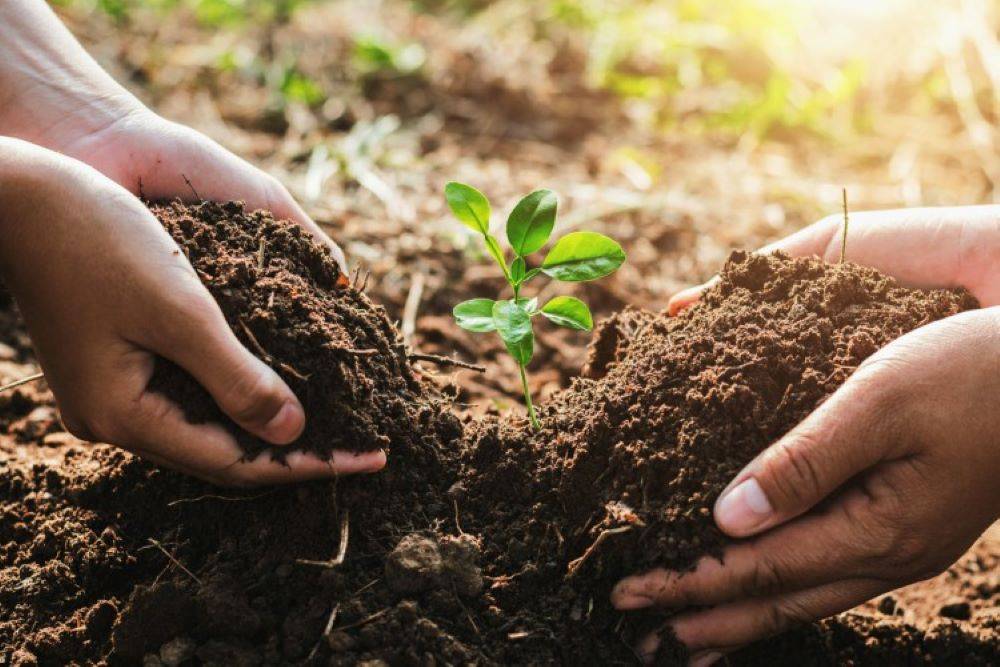
With a priority capital investment of Rs 35,000 crore set aside for green energy transition and energy security, the government's focus on green growth is still largely on green energy transition. In order to achieve a low-carbon transition, an additional Rs 19,700 crore has been set aside for the Green Hydrogen Mission.
For the first time, the budget established a clear framework for promoting greener agricultural practises in India and restoring degraded lands as a key component of India's sustainable development roadmap. From restoring wetlands, mangroves, and degraded agricultural lands to green credit, the FM has announced a slew of initiatives.
Over the next three years, the government will assist 10 million farmers in adopting natural farming in order to promote the rejuvenation of degraded agricultural lands. 10,000 Bio-Input Resource Centres will be established for this purpose, resulting in a national-level distributed micro-fertilizer and pesticide manufacturing network.
The budget emphasises the promotion of non-chemical fertilisers through the PM-PRANAM scheme, while the GOBARdhan (Galvanizing Organic Bio-Agro Resources Dhan) scheme will establish 500 new 'waste to wealth' plants to promote the circular economy. There will be 200 compressed biogas (CBG) plants, with 75 in urban areas and 300 in communities or clusters. A 5% compressed biogas mandate will be implemented in the future for all organisations marketing natural and biogas. The scheme will cost a total of Rs 10,000 crore.
"This is a critical intervention that not only supports soil health but also considers farmer income and the health of larger ecosystems," says IORA CEO Swapan Mehra. This is supplemented by the GOBARdhan scheme, which aims to revitalise organic bio-agro resources and promote a circular economy. The Mangrove Initiative for Shoreline Habitats and Tangible Incomes (MISHTI) initiative is also a welcome step because it focuses on the conservation and restoration of Mangrove habitat. India's coastal ecosystem is under threat and requires immediate attention to build the resilience of coastal communities and biodiversity present in those regions.
A Green Credit Programme will be notified under the Environment (Protection) Act to encourage behavioural change. This will incentivize environmentally sustainable and responsive actions by businesses, individuals, and local governments while also assisting in the mobilisation of additional resources for such activities.
Mehra said that the green credit scheme will be a pioneering tool for rewarding environmentally sustainable and responsive actions by companies, individuals and local bodies. It prioritizes multiple ecological attributes and goes far beyond carbon to spur action. Furthermore, the government's pledge to establish 10,000 bio-input resource centres and harness waste, converting it into biogas, is an effective way to reduce methane emissions.
















